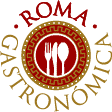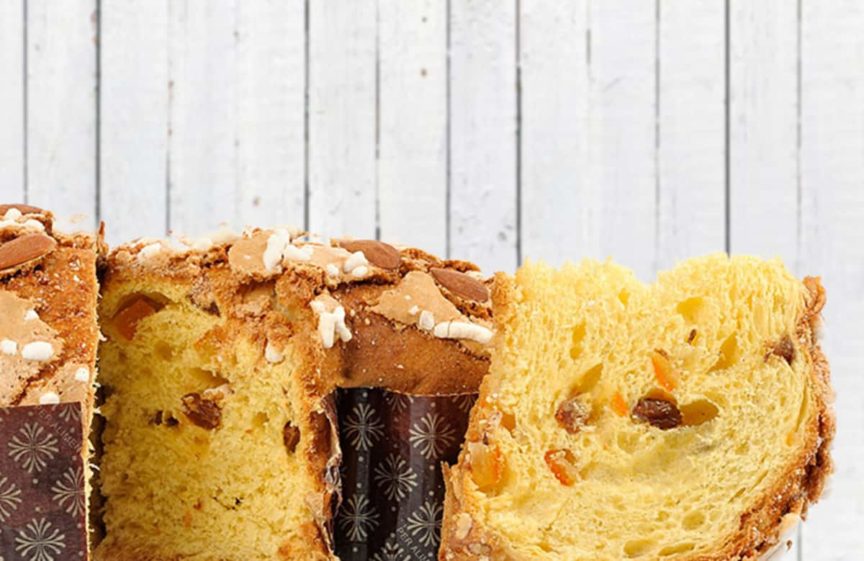An Easter meal would not be complete without la colomba pasquale. This special type of cake is one of the main elements in one of Italy’s most important holidays, and today we’re telling you all about it.
La colomba, meaning dove in Italian, takes its name from its shape. It is an homage to the symbol of peace, widely associated with Easter. Traditionally, this cake is basically made with flour, eggs, yeast, sugar and butter. Sounds familiar? That’s because it uses pretty much the same ingredients of the Christmas panettone. The main difference is that the dough of la colomba must be left to rise 3 times during the whole process, meaning that even the craftiest nonna will rather buy la colomba than make it at home.
The process
To begin, you need to mix the flour, water, milk and the yeast and let it rise for about two hours. Then, add more flour, sugar, and butter, and let sit for an hour and a half. Finally, to finish your dough, you must keep on adding flour, butter, candied oranges, eggs, sugar, salt and vanilla. This is where the real waiting comes: the dough must rise for at least 20 hours. Afterward, it should be double in size by now and ready to be shaped like a dove and to be topped with pearl sugar and sweet almonds.
It’s a lot of work but the result is worth it. La colomba comes out of the oven as an airy and soft bread-like cake, perfect to have as dessert, snack, or, our favorite: with coffee and milk in the morning! If you feel like all this cooking is too much for you, you can always order an artisanal colomba online that will come “flying” to your doorstep!
Now you might be wondering where this whole tradition came from, and well, there isn’t only one answer. There is a lot of debate about where and when la colomba originated or even if it’s just the result of a very good marketing strategy, but all the theories come from the same place: the North of Italy.
The origins
The first legend tells the story of the longobard king Alboino, who in Easter of 572 a.C. finally conquered the northern city of Pavia after it had been under a long siege. The inhabitants of the city showed his support and appreciation for the new sovereign with gifts and presents and featured small bread cakes shaped as doves as a symbol of peace and gratitude for not raiding the city upon his arrival. We now must fast forward to the year 610, when queen Teodolinda hosted a group of pilgrims guided by San Colombano. She offered a meal with a wide variety of meats, but the Saint had to decline since it was Lent time and, so the queen wouldn’t feel offended, he blessed the meat and turned it into sweet bread doves, now ready to be shared by all the diners.
The truth is, that the success and widespread of la colomba must be awarded to Motta. An Italian company famous for its great panettoni, that started marketing this product in the Milan of the 1930s. Panettoni are eaten only during the Christmas period, so in order to keep active an only-seasonal business, they thought about making some twists to the recipe and to make a different product: la colomba, that nowadays, with its particular shape, is the queen of the Easter table all over Italy.

